Building Digital Bridges through Inclusive Co-Creation
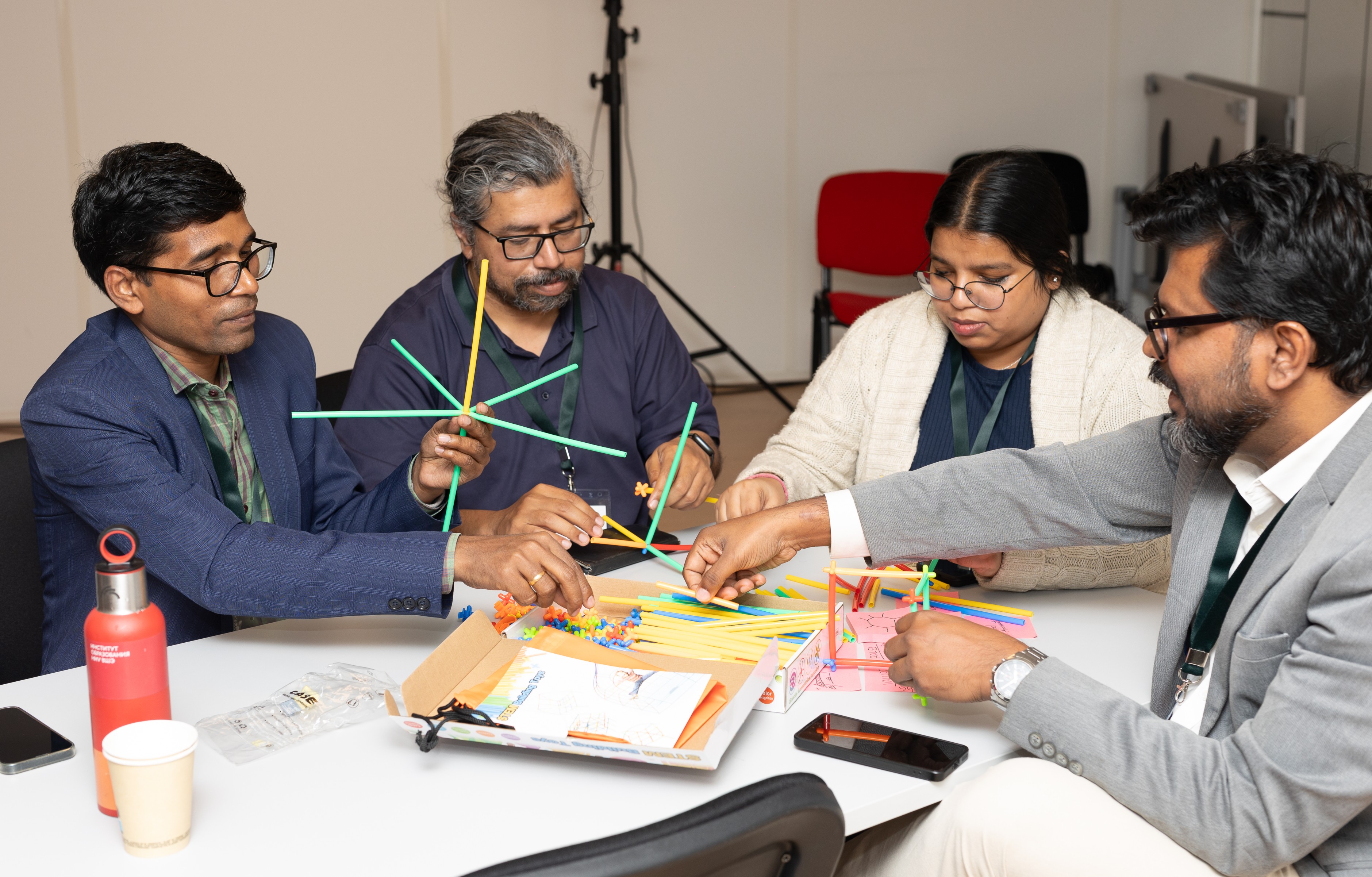
Written by Dr Anne Pickering and Dr Joanna Vogeley from Australian Catholic University, this article reflects on a workshop they facilitated at the Global Development Conference 2025, held in Clermont-Ferrand, France from October 28-30, 2025.
Digital inclusion requires more than technology—it demands shared values, creativity, and collaboration. In Clermont-Ferrand, interdisciplinary teams built “digital bridges” guided by co-creation and French theories of translation. Their conclusion: even without money, values are the true foundation of sustainable innovation.
When we talk about digital inclusion, the conversation often turns to technology and budgets. But what if the real bridge to inclusion isn’t made of infrastructure or investment—but of values?
At our recent workshop, Building Digital Bridges through Inclusive Co-Creation, held in Clermont-Ferrand, France, from October 28 to October 30, 2025, we explored how collaboration grounded in empathy, trust, and community can create sustainable digital futures. In 90 minutes, teams of researchers, practitioners, and community leaders designed frameworks that turned abstract ideals into practical strategies for inclusion.
A Twist in the Design Process
We began with an intentionally provocative question: “If money were no object, how would you build your bridge to digital inclusion?” The moment of tension mirrored real-world development. Yet, creativity didn’t shrink—it deepened. Without money to rely on, teams leaned on imagination, local resources, and above all, shared values. The exercise revealed a central truth of co-creation: values, not budgets, are the real infrastructure of collaboration.
The Theory Behind the Practice
Because we were in France, we anchored the session in the work of Michel Callon and Bruno Latour, thinkers behind Actor-Network Theory (ANT). ANT reminds us that networks are made not only of people, but also of tools, technologies, laws and ideas—all of which act and interact. To make theory tangible and add to practical application, participants literally built bridges out of everyday materials, each element representing actors, values, relationships, or roles in a network of collaboration.
Frameworks for Inclusive Co-Creation
By the end of the session, five interdisciplinary teams had developed value-based frameworks for engagement. Each captured a different facet of inclusion—spanning community, environment, peace, and wellbeing.
Framework 1: Ider-Ubuntu-Botho — A Peacebuilding Framework
Core Values: Unity, collaboration, peace, cultural respect
Drawing on African philosophies—Ider (Ethiopia), Botho (Botswana), and Ubuntu (Ghana)—this team addressed both national and local community conflicts. Their framework centers on establishing a Peace Council, a participatory structure designed to bring together multiple stakeholders, including local leaders, community members, and organizations, to mediate disputes, foster dialogue, and coordinate collaborative development initiatives.
The Peace Council operates as a living network, supported by accessible communication tools such as WhatsApp, USSD codes, voice calls, and SMS. These low-tech channels ensure that everyone, regardless of connectivity or resources, can participate in discussions, report concerns, and contribute to collective solutions. The council also provides a mechanism for documenting agreements and tracking follow-up actions, reinforcing transparency and trust.
Tip for application: Establish local Peace Councils to tackle community conflict, using inclusive, low-cost communication channels. Pair these with clearly defined roles, shared values, and culturally grounded decision-making processes to ensure legitimacy, participation, and sustainable peace outcomes.
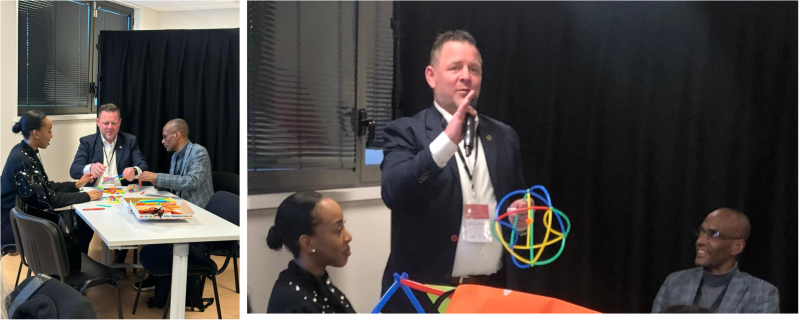
The Ider-Ubuntu-Botho bridge represents the Peace Council as a living network of dialogue, collaboration, and shared cultural values.
Framework 2: MNC — Community as Innovation
This team began with a simple idea: innovation grows where people already gather. Their bridge connected communities through shared meals, rituals, and storytelling. They emphasized using existing tools to build new ones—assessing needs, refining ideas, and designing from the ground up.
Tip for application: Start co-creation processes by identifying existing community assets—like local meeting places or traditions—and build new digital tools around them.

Participants built a bridge representing community, family, spirituality, and food as the foundation for innovation.
Framework 3: HOPE — Climate Literacy for Women and Communities
Core Values: Hope, education, climate literacy, transparency, togetherness
This group addressed climate education among women and marginalized groups. Their bridge connects digital and traditional media—community radio, social media, and local gatherings—to deliver climate literacy in local languages. Knowledge becomes the bridge to inclusion and resilience.
Tip for application: Use free, community-based platforms to share climate knowledge locally. Pair digital tools with trusted traditional spaces to make learning accessible and culturally grounded.

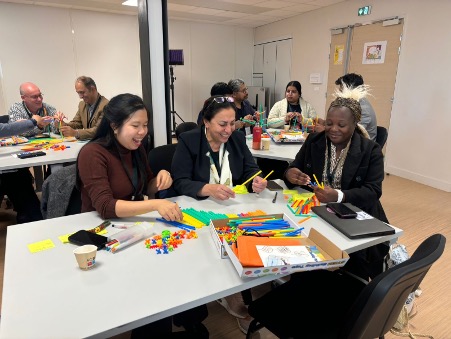
HOPE framework visualized: combining digital and traditional media to educate women on climate literacy in local languages.
Framework 4: Happiness — Designing for Collective Wellbeing
Core Values: Joy, accessibility, community, identity
This team explored how happiness links to access—electricity, connectivity, affordability—and reframed happiness as a community value rather than an individual pursuit. Their bridge symbolizes belonging: a space where collective wellbeing drives digital engagement and participation.
Tip for application: Include wellbeing and inclusion metrics in digital projects—not just usage data, but measures of connectedness and satisfaction.
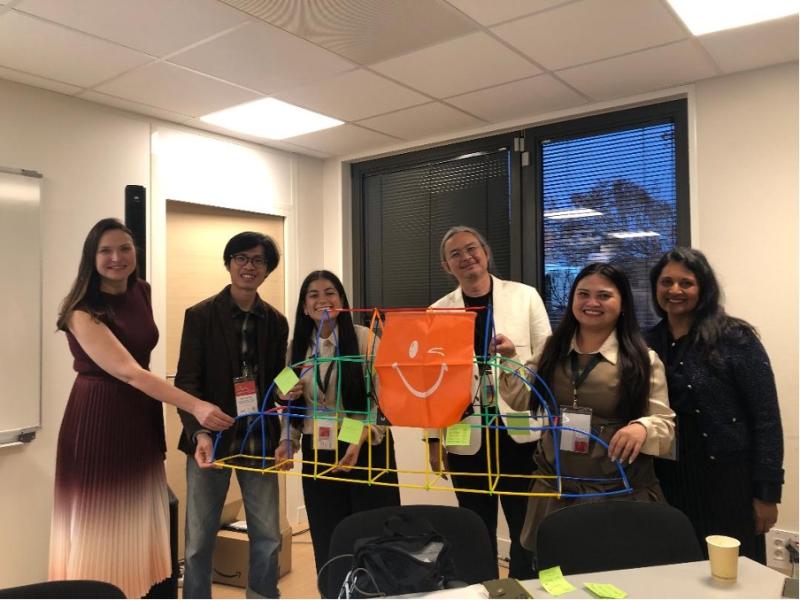

Happiness bridge highlights community, access, and identity as drivers of digital inclusion and wellbeing.
Framework 5: Knowledge — Designing with Local Data and Insight
Core Values: Local Knowledge • Collaboration • Trust • Empowerment
This framework addresses a critical gap in locally accessible, analytical, and up-to-date data. Many communities lack access to processed information that reflects their own realities, limiting their ability to make informed decisions and design sustainable local solutions.
The team’s approach repositions data as a collective resource—one that gains value through local participation, contextual understanding, and shared ownership. By integrating local knowledge gathered through community representatives (such as ASHA workers), supported by local governments, NGOs, and academic institutions, this framework envisions a model of collaborative data ecosystems.
Rather than depending solely on centralized or external datasets, the framework advocates for bottom-up data generation—where lived experiences, community surveys, and local interviews inform both current and future development goals. This enables research organizations and policymakers to access richer, more relevant data that truly represents the communities they aim to serve.
Tip for Application:
Incorporate local data partnerships into research and design projects. Combine quantitative datasets with community-generated insights to measure not just efficiency and output, but local relevance, empowerment, and trust.
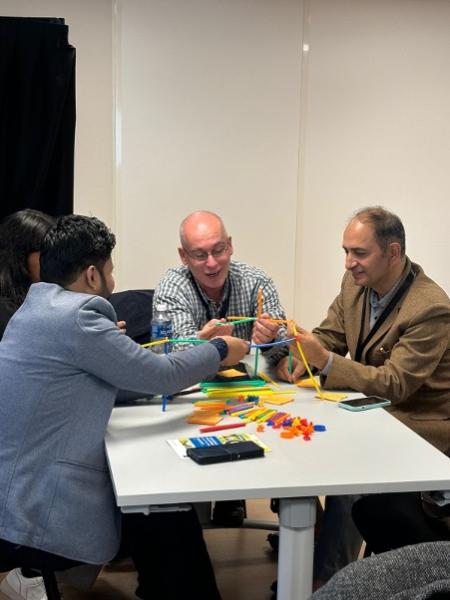
“Knowledge in Context” showcases collaboration between interdisciplinary actors at the GDN workshop.
Lessons from Building Bridges
Across all frameworks, one theme stood out: co-creation thrives under constraint. When participants could no longer “buy” solutions, they built them through creativity and solidarity. This echoes Spencer Johnson’s famous book (1998) Who Moved My Cheese?—adaptability is key when circumstances change. Even when resources are scarce, innovation persists, grounded in values.
Bridges Beyond the Room
The bridges built in Clermont-Ferrand were playful yet profound. They showed that digital inclusion isn’t just about technology—it’s about relationships. Participants left not just with frameworks, but with a mindset: co-creation is an act of connection, guided by empathy and shared purpose. As one participant said while placing the final piece of their toy bridge: “We don’t need money to build a connection—our values are the bridge.”
ABOUT THE AUTHORS
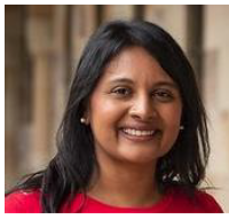
Dr. Anne C. Pickering
Anne Pickering is a teaching and research scholar at the Thomas More Law School, QLD, Australian Catholic University, where she lectures in land law and legal ethics. E-mail anne.pickering@acu.edu.au

Dr. Joanna Vogeley
Joanna Vogeley is a teaching and research scholar at Peter Faber Business School in Sydney, Australia, where she lectures on entrepreneurship and social entrepreneurship. E-mail: joanna.vogeley@acu.edu.au





